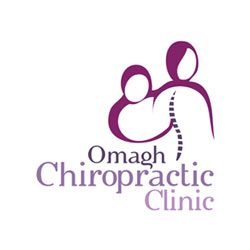History of Chiropractic
Founder of chiropractic was, Daniel David Palmer.
Palmer was well educated and an avid reader of all things scientific, especially with regard to the healing arts. After working for 20 years as a horticulturist, schoolteacher, and farmer, he turned his energies to becoming a “natural healer.”
Ten years after starting his healing practice, in 1895 in the building where Palmer worked, a janitor named Harvey Lillard mentioned to Palmer that while lifting a heavy object 17 years before, he had strained his back and heard a distinctive “pop.” He said he had been deaf ever since. On manual assessment Palmer noticed a vertebral spinous process that appeared to be “out of alignment.” He thrust on the vertebra, reportedly immediately improving Lillard’s hearing.
Thus, the seed of the chiropractic profession was sown. Palmer began to reason that when a vertebra was out of alignment, it caused pressure on nerves. He further reasoned that decreasing nerve impulses would surely affect visceral function leading to disease (the Law of the Nerve).
[Mechanisms postulated include sympathetic disturbances, central plasticity, and cortical, thalamic, and brainstem involvement. Whatever the neurological process involved, it’s interesting to note that clinicians from such diverse locations as Italy, Germany and Russia have all observed cases in which hearing was improved or restored following spinal manipulation or chiropractic care. We may never know exactly what happened in the clinical encounter between Harvey Lillard and D.D. Palmer, yet it would be incorrect to dismiss Palmer’s account as implausible.]
One of his patients, a minister, is credited with providing his newly formed philosophy with a name. It was derived from the Greek words ‘cheiros’ (hand) and ‘praktos’ (done by). In 1897, in Davenport, Iowa, Palmer opened his first college, The Palmer College of Cure, now known as the Palmer College of Chiropractic. Over time with increased knowledge has also come a greater appreciation for natural, conservative methods as viable alternatives for many human ailments.




